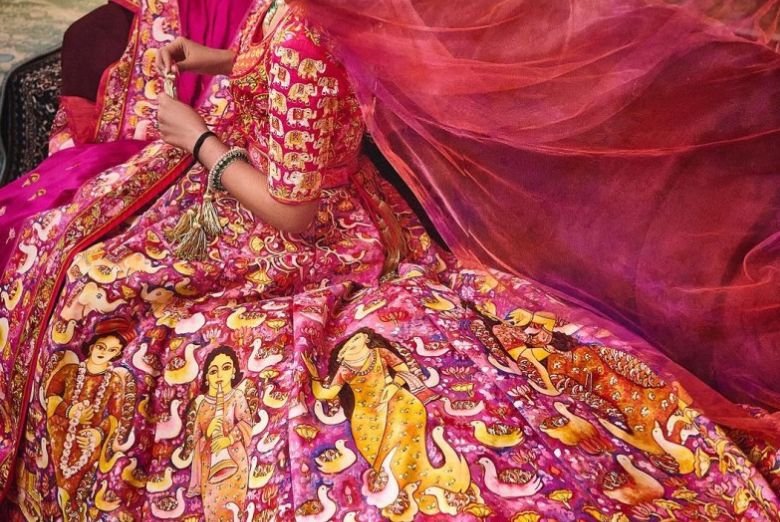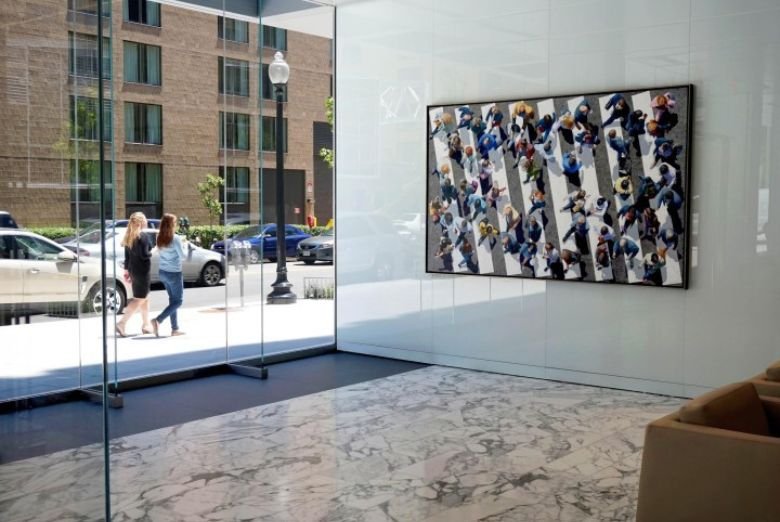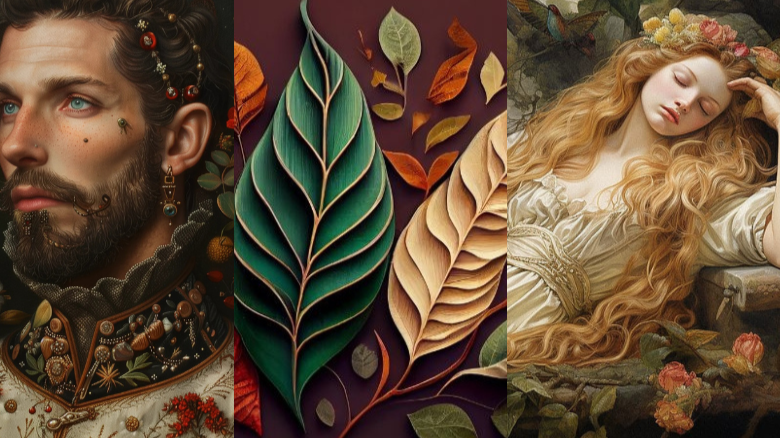Art has always been a reflection of human creativity and culture. By combining traditional and contemporary art in your living spaces, you can create a rich tapestry of history and modernity that breathes life into your home. This blog explores how you can seamlessly blend these two distinct styles to curate a space that’s uniquely yours.
Understanding Traditional and Contemporary Art
Traditional Art is rooted in long-standing artistic practices and cultural heritage. This category often includes classical paintings, sculptures, and artifacts from historical periods. These pieces are characterized by their timeless appeal, intricate details, and adherence to established artistic norms.
Contemporary Art, on the other hand, encompasses works created by artists living in the present time. It often challenges conventions, embracing innovation, abstraction, and diverse materials. Contemporary art can range from minimalist paintings to avant-garde installations.
Understanding the essence of these styles helps in finding harmony when integrating them into a single space.
Benefits of Mixing Art Styles
- Dynamic Aesthetic: Combining traditional and contemporary art creates a visually dynamic environment. The contrast between old-world charm and modern innovation adds depth and interest to any room.
- Cultural Dialogue: Juxtaposing pieces from different eras sparks conversations about history, progress, and artistic evolution.
- Personal Expression: Blending styles allows you to showcase your multifaceted personality and tastes.
- Enhanced Versatility: This approach works well in diverse interior designs, from rustic to ultra-modern settings.
Principles for Blending Traditional and Contemporary Art
1. Establish a Common Theme
Identify a unifying theme that ties the pieces together. This could be a shared color palette, subject matter, or artistic technique. For instance, pairing a classical portrait with a contemporary abstract piece that shares similar hues can create cohesion.
2. Balance Proportions
Ensure that the visual weight of each piece complements the other. A large, ornate traditional painting can be balanced by a minimalist contemporary sculpture nearby.
3. Use Neutral Backdrops
Neutral walls and furniture provide a perfect canvas for showcasing both art styles. They allow the pieces to stand out without competing with the room’s design.
4. Create Focal Points
Curate intentional focal points by grouping traditional and contemporary art pieces. For example, a modern painting can anchor a gallery wall featuring smaller traditional artworks.
5. Experiment with Placement
Don’t restrict yourself to conventional placements. Lean a vintage frame against a wall beside a contemporary digital print or place a classic bust on a sleek, modern console table.
Practical Tips for Mixing Art Styles
Layering Artworks
Layering involves overlapping art pieces to create depth and texture. Place a contemporary artwork in front of a traditional painting, using varying sizes to emphasize contrast.
Combining Frames
Mixing frame styles can further enhance the eclectic vibe. Pair gilded, ornate frames with simple, modern ones for a striking effect.
Integrating Sculptural Elements
Incorporate sculptures, vases, and other three-dimensional pieces to bridge the gap between styles. A modern sculpture on a vintage wooden table, for instance, makes for an eye-catching centerpiece.
Mixing Textures
Combine different textures to add complexity to your decor. The smooth finish of a contemporary canvas can contrast beautifully with the roughness of a traditional oil painting.
Considering Scale
Scale plays a critical role in creating a harmonious composition. Large-scale contemporary pieces can anchor a room while smaller traditional works provide intricate details.
Room-by-Room Guide to Blending Styles
Living Room
In the living room, focus on a statement piece as the central element. For example, a contemporary abstract painting can be complemented by smaller traditional portraits or landscapes around it.
Dining Room
In dining spaces, opt for traditional art that evokes warmth and nostalgia, paired with sleek, modern tableware or light fixtures. A classical still life painting, for instance, can contrast beautifully with a minimalist centerpiece.
Bedroom
The bedroom is a personal space that allows for experimentation. A modern, colorful artwork above the bed can be balanced by traditional art on bedside tables.
Hallways
Hallways are perfect for gallery-style arrangements. Mix traditional and contemporary art in a linear layout or a salon-style cluster to make the space more inviting.
Office
Incorporate traditional art to instill a sense of gravitas and pair it with contemporary pieces for inspiration. For instance, a vintage map beside a modern motivational quote can blend functionality and style.
Challenges and Solutions
Clashing Styles
Sometimes, the stark difference between traditional and contemporary art can feel jarring. To mitigate this, use transitional pieces that bridge the gap, such as mid-century modern art or eclectic furniture.
Overcrowding
Too many art pieces can overwhelm a space. Be selective and allow each piece to breathe, ensuring that both traditional and contemporary artworks receive equal attention.
Budget Constraints
Mixing art styles doesn’t have to be expensive. Combine high-quality reproductions, thrifted finds, and original pieces to achieve the desired effect.
The Role of Lighting
Proper lighting enhances the visual impact of your art collection. Use adjustable track lighting or wall-mounted fixtures to highlight key pieces. Ensure that lighting complements both traditional and contemporary artworks, emphasizing their unique characteristics.
Case Studies: Success Stories
- Modern Minimalism Meets Vintage Elegance: In a minimalist apartment, a large contemporary painting with bold strokes served as the centerpiece. It was complemented by a vintage gilded mirror and a classic oil portrait, all tied together with a neutral color scheme.
- Eclectic Boho Chic: A bohemian-inspired living room featured a mix of tribal traditional art, such as masks and tapestries, with contemporary geometric prints. The layering of textures and patterns created a cohesive, vibrant space.
Final Thoughts
Blending traditional and contemporary art in your home is an opportunity to create a space that tells your story. With careful curation and thoughtful placement, these contrasting styles can coexist beautifully, enriching your living environment with depth, culture, and character. Remember, art is personal, and the most important aspect is that it resonates with you and enhances your home’s ambiance.



